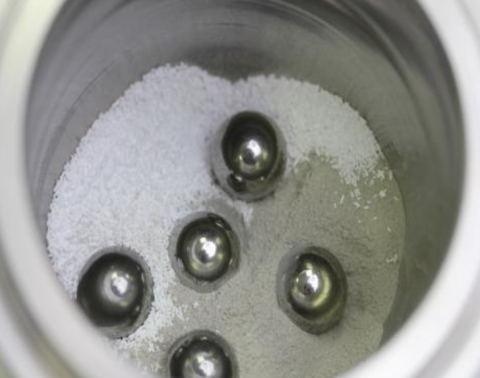
Scientists at the Critical Materials Innovation (CMI) Hub, led by the US Department of Energy’s Ames National Laboratory, have developed a new process using mechanochemistry—mechanochemical extraction of lithium at low temperatures (MELLT)—that can extract lithium more efficiently than traditional methods.
Lithium needed to make batteries comes from two sources: brines and hard-rock minerals. Lithium brines are deposits of salty groundwater that have accumulated dissolved lithium. The main hard-rock mineral that contains lithium is called spodumene. Both sources require different extraction methods.
Ihor Hlova, a CMI and Ames Lab scientist and the project group leader, explained that extracting lithium from brines is a cost-effective process that is based on solar evaporation. Basically, shallow wells filled with the brine are continuously exposed to open air to let the water evaporate. It is the primary source for both imported and domestic lithium in the United States.
See the full story: CMI Hub researchers develop mechanochemical process for efficient extraction of lithium: MELLT
